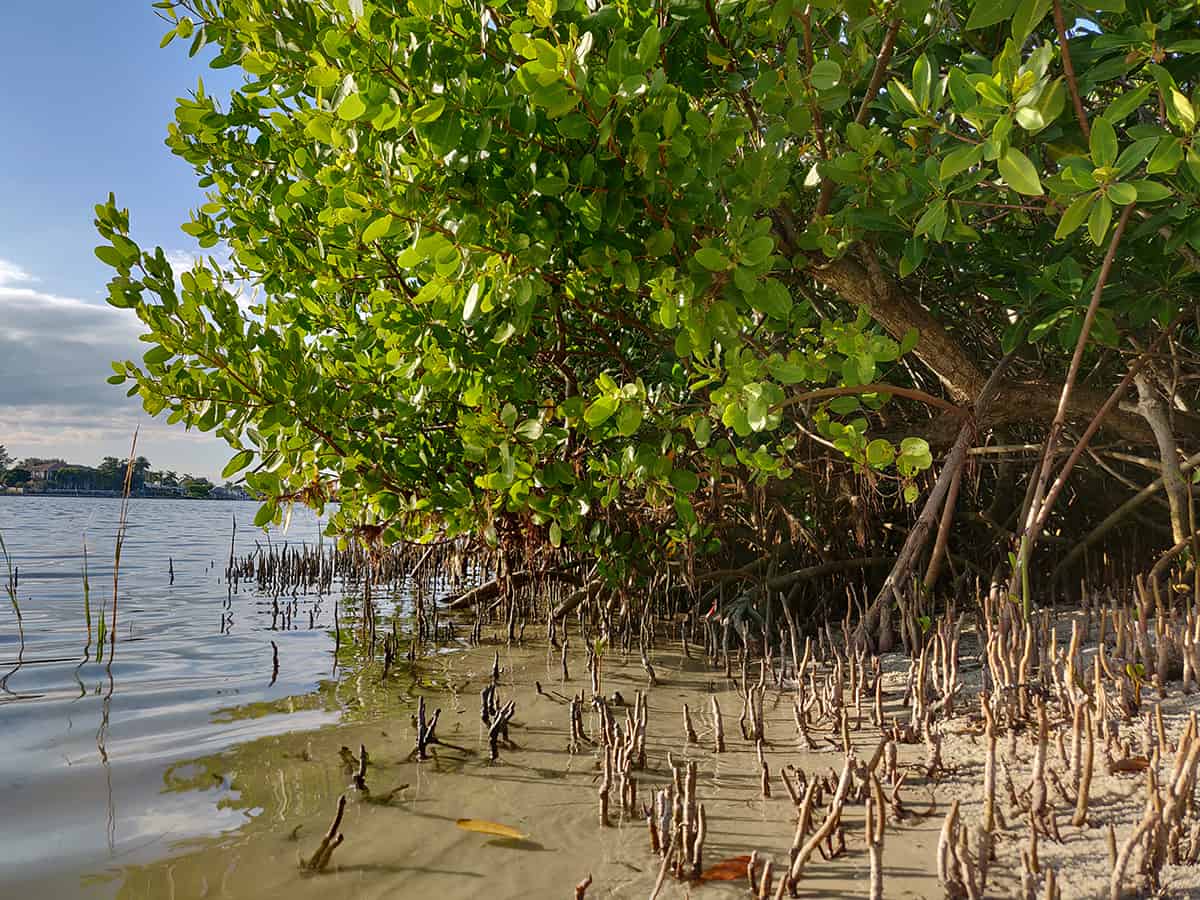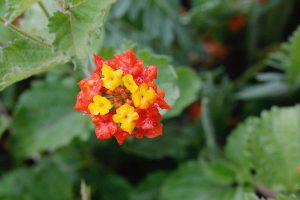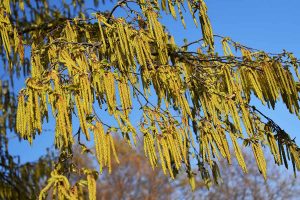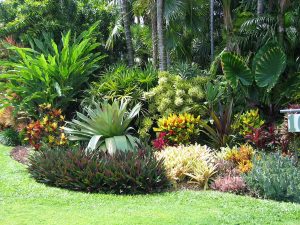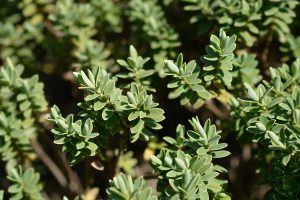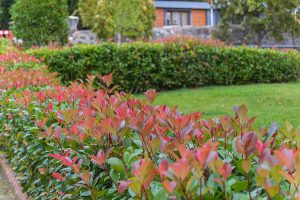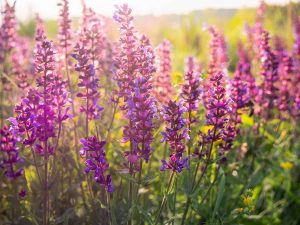The Black Mangrove is an important species that helps to stabilize the shoreline in the coastal regions where it grows natively. It is also a beautiful evergreen plant that grows well in home gardens where the soil is consistently moist or wet. Here we explore how to best grow and care for your Black Mangrove.
- Botanical name: Avicennia germinans
- Common names: Black Mangrove
- Plant family: Acanthaceae
- USDA hardiness zone: 9 – 11
- Mature height: 10 to 50 feet
- Mature spread: 10 to 30 feet
Table of Contents
What is a Black Mangrove?
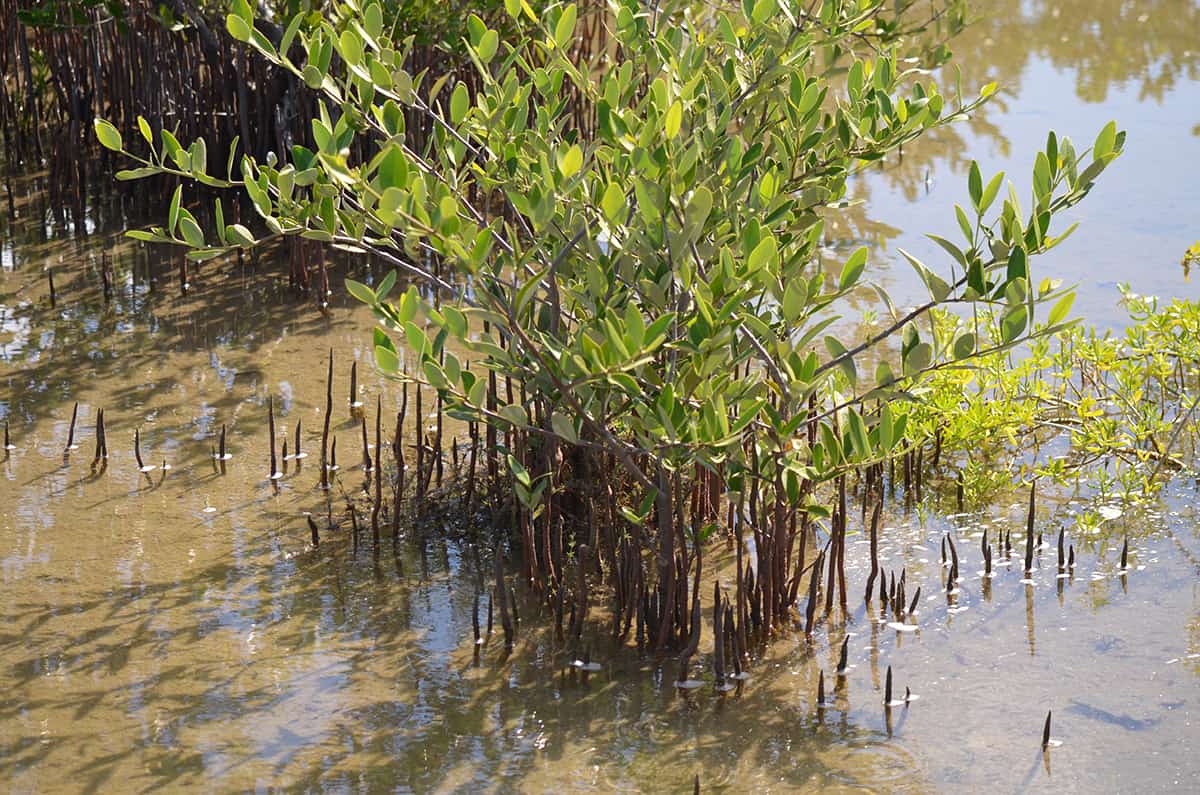
The Black Mangrove is an evergreen shrub or small tree, which is native to the southern United States, where it is commonly seen growing along the coast of Florida, Texas, Georgia, and Louisiana. It is also native to the Pacific and Atlantic coasts, growing in both tropical and subtropical conditions.
The Black Mangrove is able to survive when the root system is fully submerged since it sends out specially adapted aerial roots which enable the plant to breathe underwater. It is useful for erosion control and bank stabilization, and it helps to protect the shoreline since it captures debris carried in from the tides, and it also provides a buffer against tidal surges.
The Black Mangrove has leathery leaves which are between 2 and 3 inches in length. They are dark green on the surface, and gray-white beneath, however, the surface of the leaves often looks white because the foliage expels excess salt through their glands. The salt residue can give the leaves an overall white appearance.
The flowers of the Black Mangrove appear at the tips of branches sporadically throughout the year. They have yellow centers surrounded by small white petals. These flowers are sweetly centered and high in nectar, which causes them to attract a wide range of pollinators.
The flowers are followed by juicy green fruits, which contain the seeds of the plant. These seeds actually germinate while they are still contained in the fruit and attached to the Black Mangrove. When the fruits eventually fall from the plant, they reveal the seedlings which can then take root themselves.
How to Care for your Black Mangrove
Light
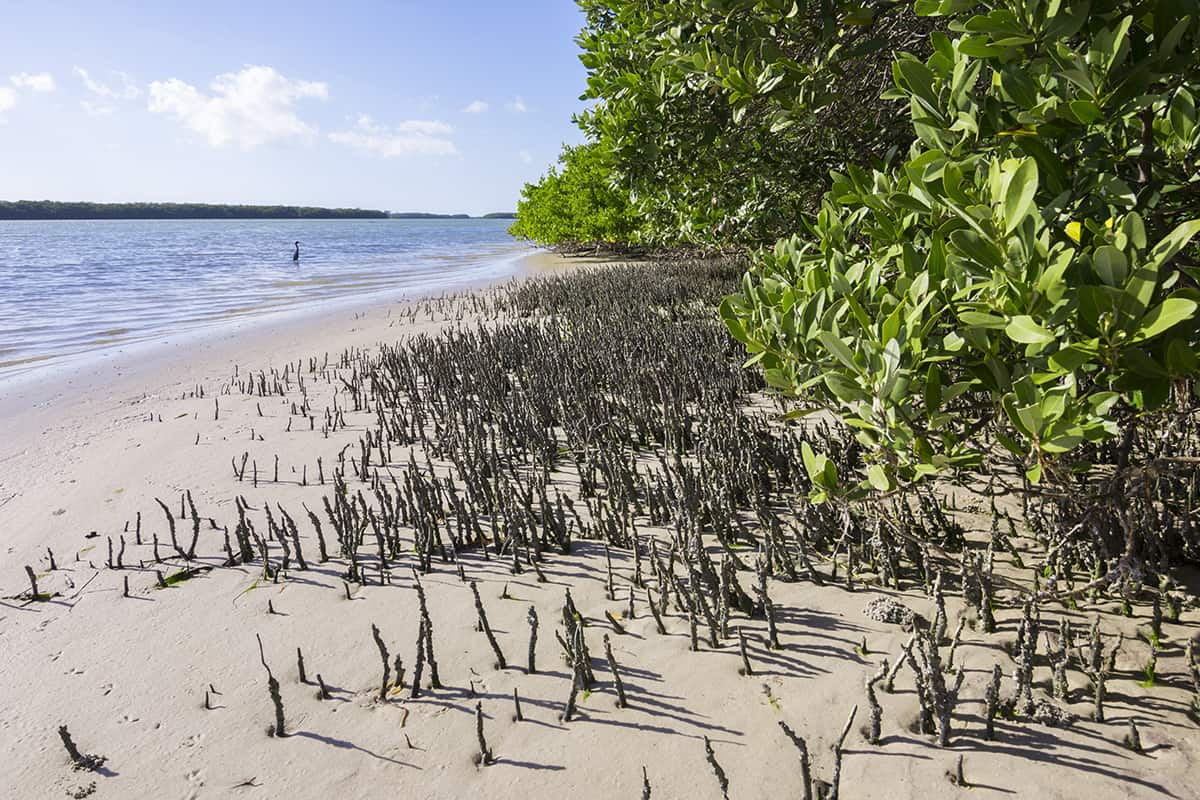
Black Mangrove grows best when planted in a position of full sun. If deprived of sunlight, the leaves of the plant will die back and drop off prematurely. Many people grow Black Mangroves in aquariums, and in this case, you’ll want to make sure that the aquarium is close to a south-facing window so that the plant can get the sunlight it requires.
When planting Black Mangrove in a pond, or along the edge of a garden stream, ensure that it is not shaded by any taller trees and plants.
Soil
Black Mangrove plants will grow in any soil that is moist or wet, including sandy soils, clay soils, rocky soils, poor soils, fertile soils, and loamy soils. They do not require drainage, since they are accustomed to growing in waterlogged conditions.
Water
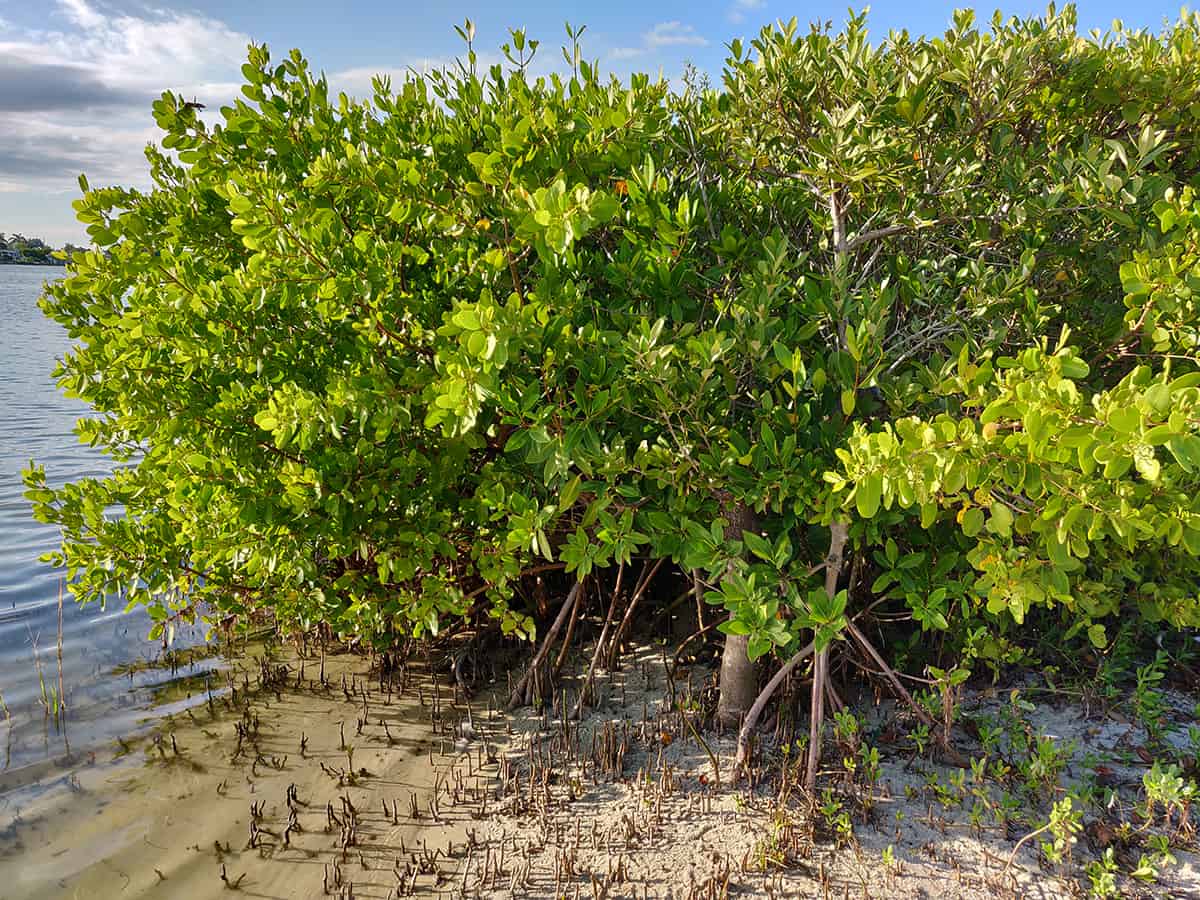
Black Mangrove has high water needs, so it is ideal for growing in an area where the soil is naturally moist. This could include along a riverbank, a stream, or a pond.
In its native habitat, the Black Mangrove is a coastal plant that grows with its roots fully submerged in water, or in the moist soil of coastal banks. For the plant to thrive, you’ll need to plant it in conditions that replicate this and prevent the soil from drying out. This is an easy-to-care-for plant, however, it will not tolerate drought.
Temperature
This plant grows in USDA hardiness zones 9 to 11, where temperatures do not get any lower than 20°F to 30°F, even in winter. The Black Mangrove is not a hardy plant, and it will die back if subjected to very low temperatures. It is tolerant of high levels of heat and humidity.
Black Mangrove FAQs
Are Black Mangroves easy to grow?
The answer to this is both ‘yes’ and ‘no’, depending on where you are trying to grow them. Black Mangroves have specific requirements, and if these are being met then yes, they are easy to grow. For example, if you live in a climate within USDA hardiness zones 9 to 11, and you are planting the Black Mangrove in a position of the full sun alongside your pond, it is going to grow really well with hardly any care or maintenance from you at all.
However, if you want to grow the Black Mangrove indoors, or in an aquarium for example, then it is going to be more of a high-maintenance plant. This is because it is well adapted to growing outside in specific conditions. Black Mangroves commonly grow in brackish water, and they are able to survive by expelling salt through the glands in their leaves.
This salt dries on the surface of the leaves, and when grown outside it will be washed off by rain or a sea mist. If you keep the Black Mangrove indoors, then you are going to have to regularly clean the leaves yourself, which can make it more of a high-maintenance plant.
How big is the Black Mangrove tree?
The Black Mangrove can grow as a shrub or a tree. In warmer climates, it will usually take the shape of a tree, and will typically reach heights of between 30 and 50 feet. However, the growth is slower when the plant is kept in cooler climates, and you can expect it to reach its mature size anywhere between 10 and 30 feet.
This is a spreading plant that sends out horizontal branches, creating a wide specimen. It is not unusual for the Black Mangrove to have a width measurement as big as its height measurement.
What is Black Mangrove used for?
Black Mangrove has a variety of different uses. It is widely used as a means of stabilizing the banks of coastal areas, as well as preventing soil erosion. The flowers of the plant are traditionally used in the making of mangrove honey, which is considered a local delicacy in Florida.
Unfortunately, hurricanes over the last few years have wiped out many of the Black Mangroves used by beekeepers to produce honey, so there is an ongoing shortage of mangrove honey as a result. Another use for the Black Mangrove plant is its wood. Interestingly, the sapwood of the Black Mangrove is denser than the heartwood, which is unlike most other trees.
It is a solid and strong wood, but it is known to be difficult to work with because the grain is so densely interlocking. You may sometimes find fence posts made from the wood of Black Mangrove, and some people also use it as a fuel for wood-burning stoves. Despite the fact that the trunks and branches of these trees grow underwater when the wood is dried it actually has poor water resistance qualities.
The most important use for the Black Mangrove is as a shelter which offers protection for a huge range of sea creatures and wildlife. Many types of fish use the Black Mangrove as a breeding ground, and it also provides feeding opportunities for numerous species.
